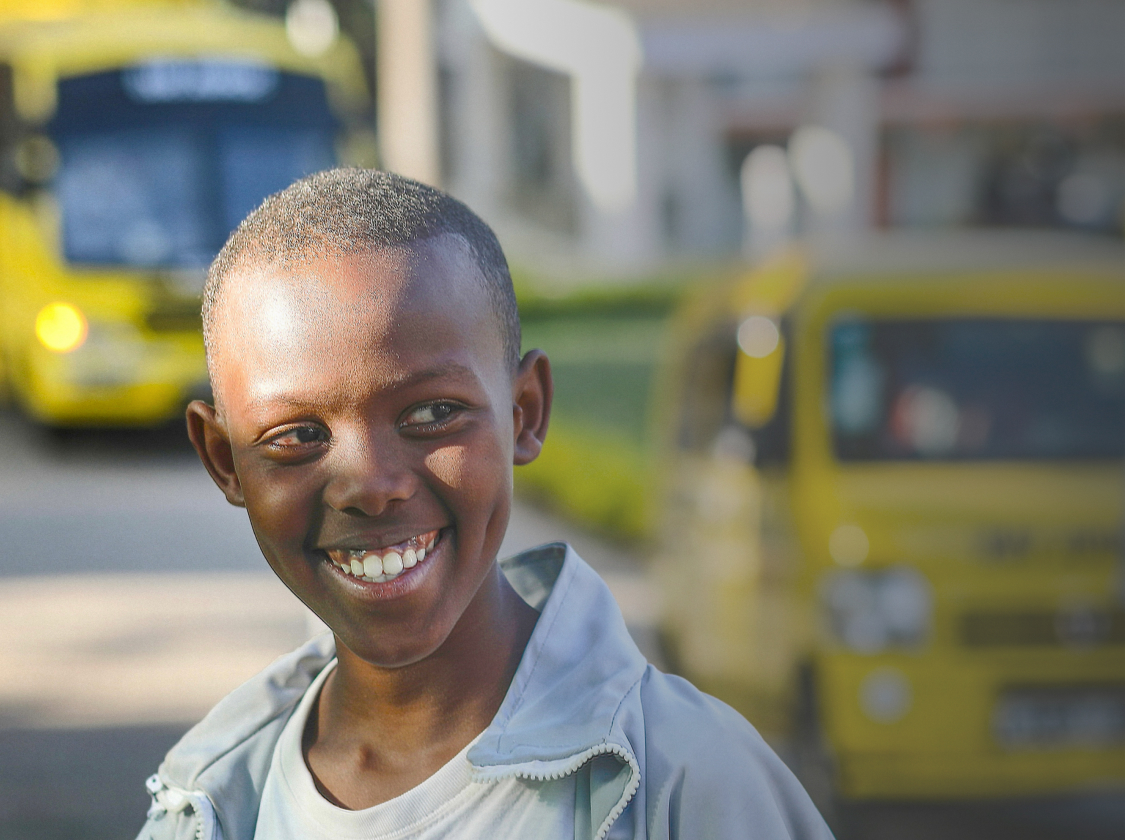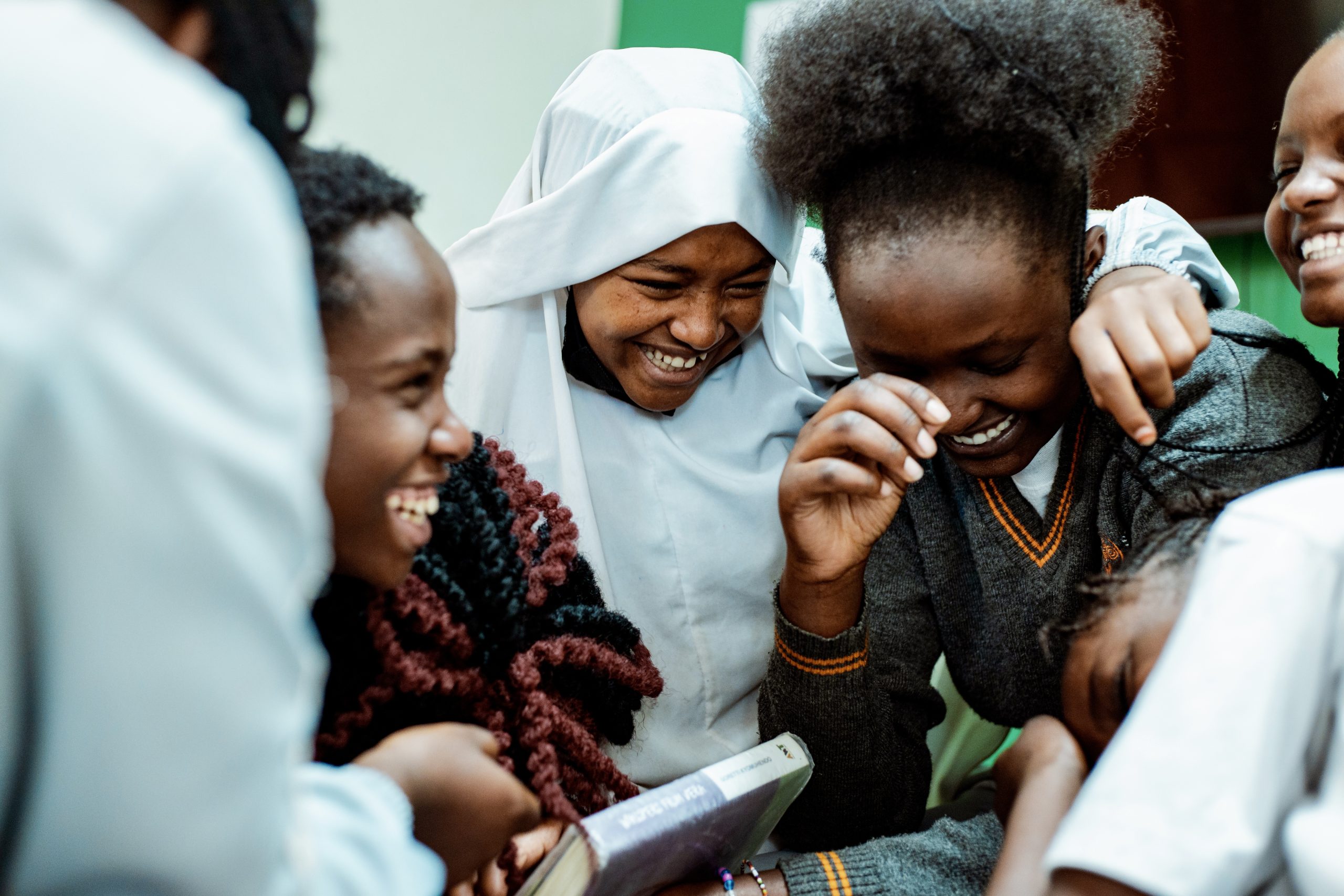
STUDENT-CENTERED
KEY WORD: DEMOCRACYA democratic and values-oriented education that gives students the space and respect to learn on their own.
Overview
Our students are the reason for our existence. We serve them and therefore they are at the center of everything we do and every decision we make. We apply constructive lessons that foster creativity, critical thinking and democracy-the opposite of homogenization.
It takes humility and confidence to run a school in a democratic way, where students are active and have a voice, unlike the traditional education system where adults pour knowledge into passive students who are in the background. At Still I Rise we are committed to overturning this system.
If we want democratic and courageous leaders to come out of our Schools, the best time to practice is now and the best place to do it is here.
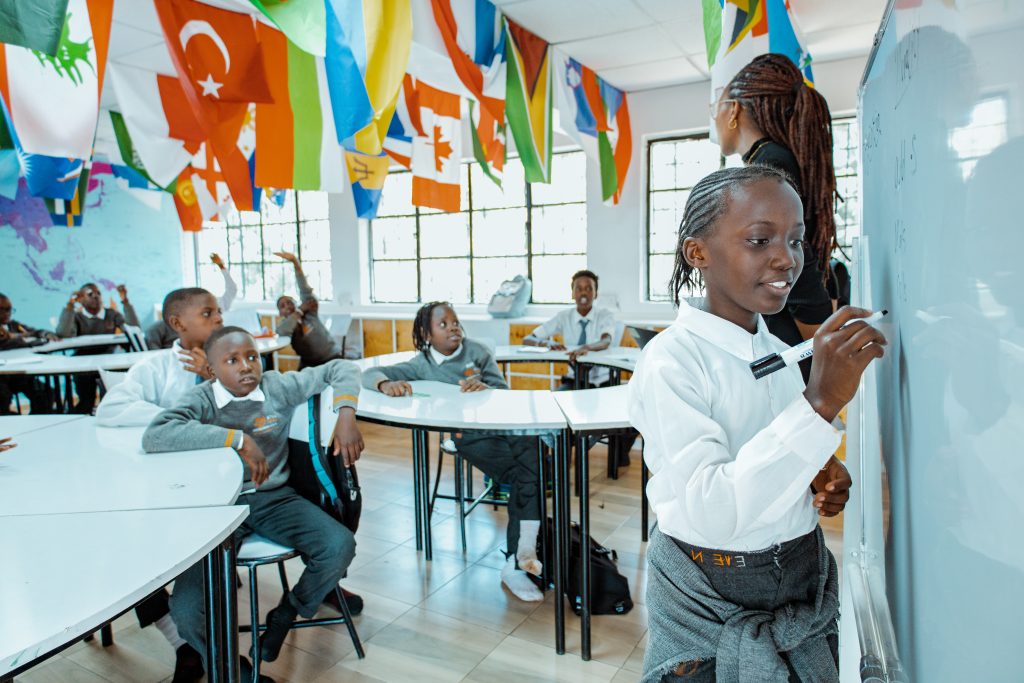
Protagonists
Putting students at the center means always keeping in mind that they are the protagonists, the reason we exist as an entity. It means basing all our decisions-professional development, collaborations with other organizations, choices in the community-on their direct benefit.
Being protagonists means being active in School. Since they are the ones who spend their days with teachers, they actively participate in the teacher selection process. They also lead School visits when visitors arrive and attend school council meetings to contribute to decisions. Twice a year they voice their opinions on everything about our School through surveys.
It is not uncommon to see a student leading his or her classmates to class and mentoring the group. This is especially evident when each extracurricular club, run by the students themselves, does an activity with the community, or during the weekly “Classroom Challenge,” where children coordinate to solve a real-life problem, such as designing a theme for the next holiday party or making the School more energy efficient.
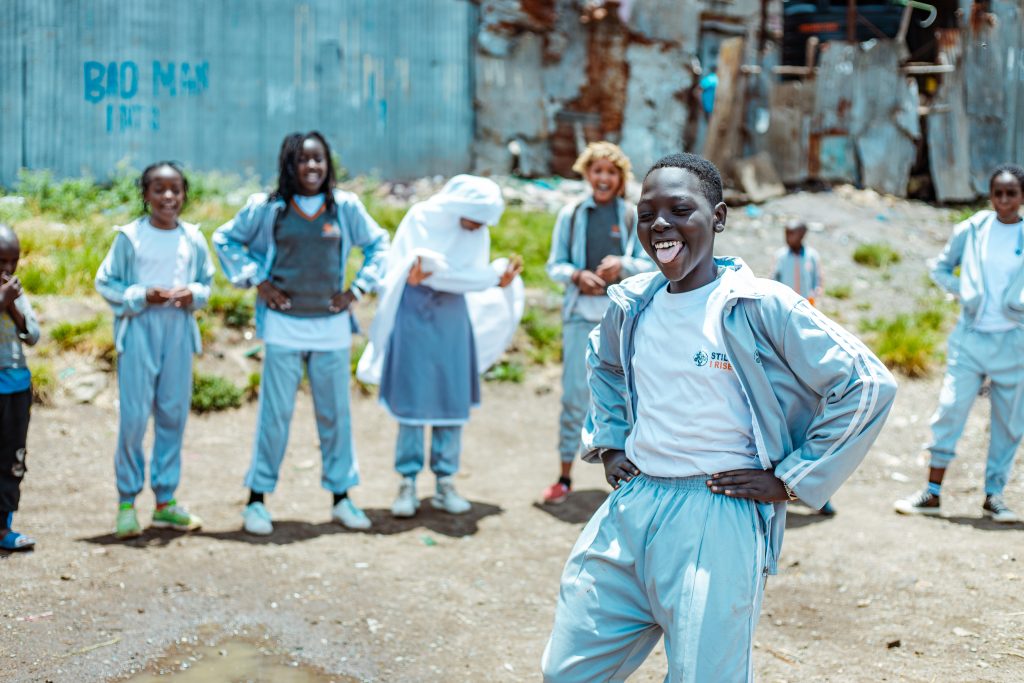
Hands on
The real world is a complex and diverse adventure. A hands-on education allows children to savor the richness of this diversity.
Rather than an outdated and tested curriculum with the usual topics and exams, we provide variety and freshness. This is done primarily through the different ways students communicate in the classroom: peer learning, group work, individual inquiry, role-playing and more.
Formative assessment strategies must also be varied. For example, we don’t just test whether a student has read a book by asking them multiple choice questions, but rather ask them to draw a map of the setting, or create a comic strip of their favorite scene, or write down what they think will happen next.
What’s more, we don’t limit ourselves to the classroom: the school calendar is peppered with real-world experiences that our young students have never had the chance to experience before, such as field trips, career days, community events, and even occasional visits abroad. Every day students go beyond their comfort zone and find new friends, mentors, and inspiration.
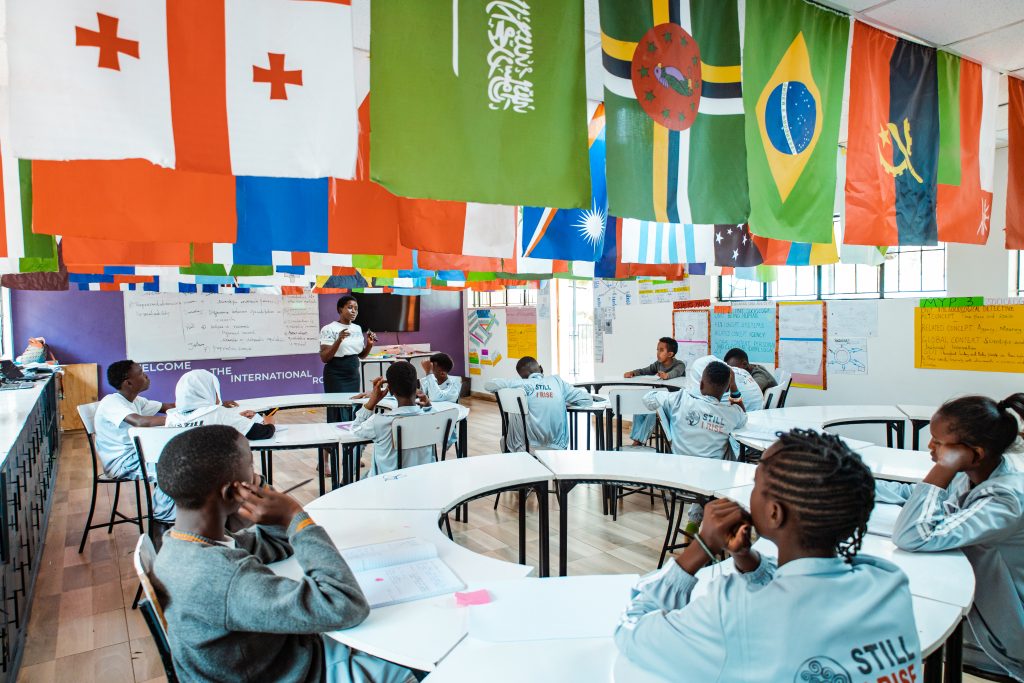
Class structure
A well-designed classroom promotes a well-structured education.
Our classrooms are lit by natural or warm light, and the walls are decorated with student work, arranged by units and themes. There are also shelves of books available to students, as well as technological devices and a reading corner with comfortable cushions.
Students can choose, depending on the activity or how they feel that day, what area of the classroom to stand in: desks are modular, some are higher for those who prefer to stand, while others may choose to sit on the floor with rugs and cushions. We avoid the typical position of rows of desks facing the teacher, this is because modular desks allow for flexible group collaboration and activities that allow students to move between stations.
The feeling is that of a modern office, where students are treated like young professionals: active, attentive and able to operate independently and in groups.
When we experimented with this flexible structure, we found that the students we interviewed found it more comfortable and preferable on average than the traditional classroom layout. We are transforming our classrooms in all locations accordingly.
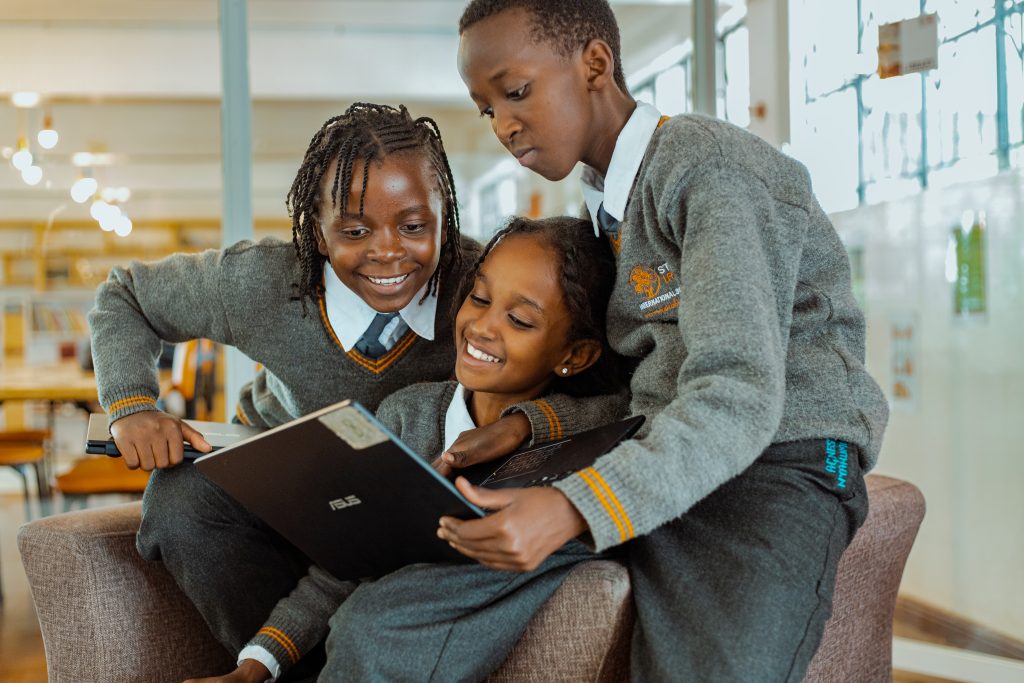
Values
Values give a School its soul, and we are very clear about ours. If we expect students to live by them, so must the adults around them at School.
The “ABC Values” – Ambition, Bravery, and Care – are our core values and that is why they appear on our emblem. Ambition is love for who you are, for your past, for your dreams and desires. Bravery is love for collective humanity, for one’s community and the world. Caring is love for others, striving for the betterment of someone else, whether a friend, family member or stranger.
The other 13 school values are derived from our community of educators and the International Baccalaureate’s “Student Profile,” namely: Transparency, Open-mindedness, Inquiry, Knowledge, Thinking, Communication, Principle, Open-mindedness, Attention, Risk-taking, Balance and Reflection.
These values unite us and guide us. We hire managers and staff with these values in mind, incorporate them into our lesson plans, consciously reflect on them, and reward students who demonstrate them.

